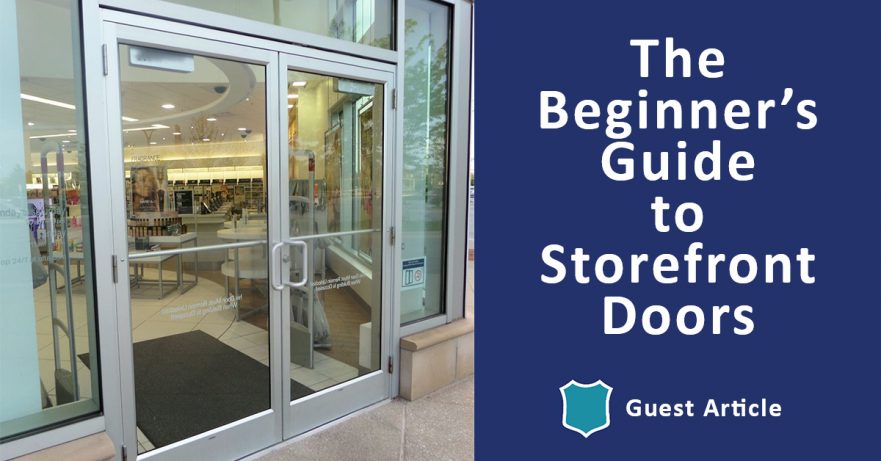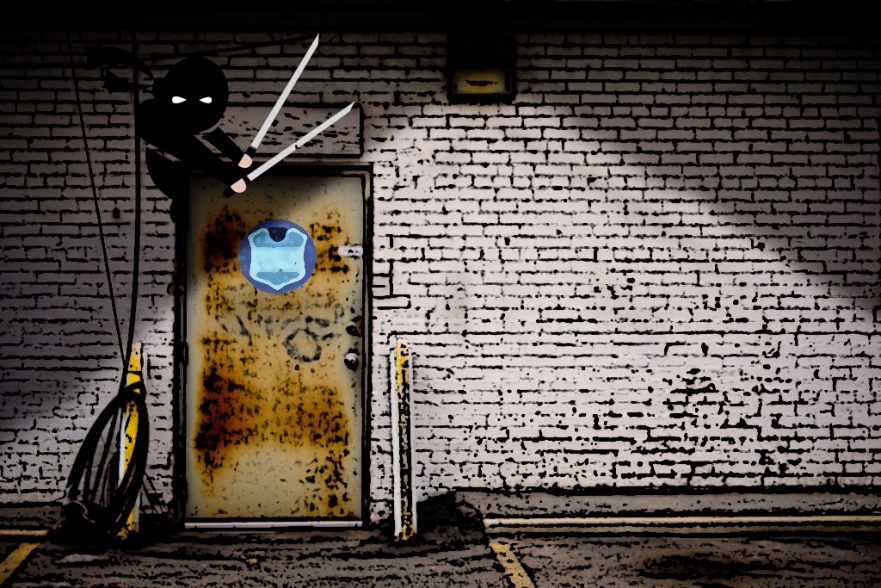Talk of security usually brings to mind locks, cameras and alarms. All of these tools are highly effective and suggested; However, they usually only come into play once a building has already been compromised. Discouraging a burglar from even trying to break in could save the cost and time of repairing possible property damage from an attempted burglary. Lighting can fool possible offenders into believing a building is still in use but it is only as effective as its strategic use. There are several options available for a range of budget, ease and efficiency.
Motion Detector Lights
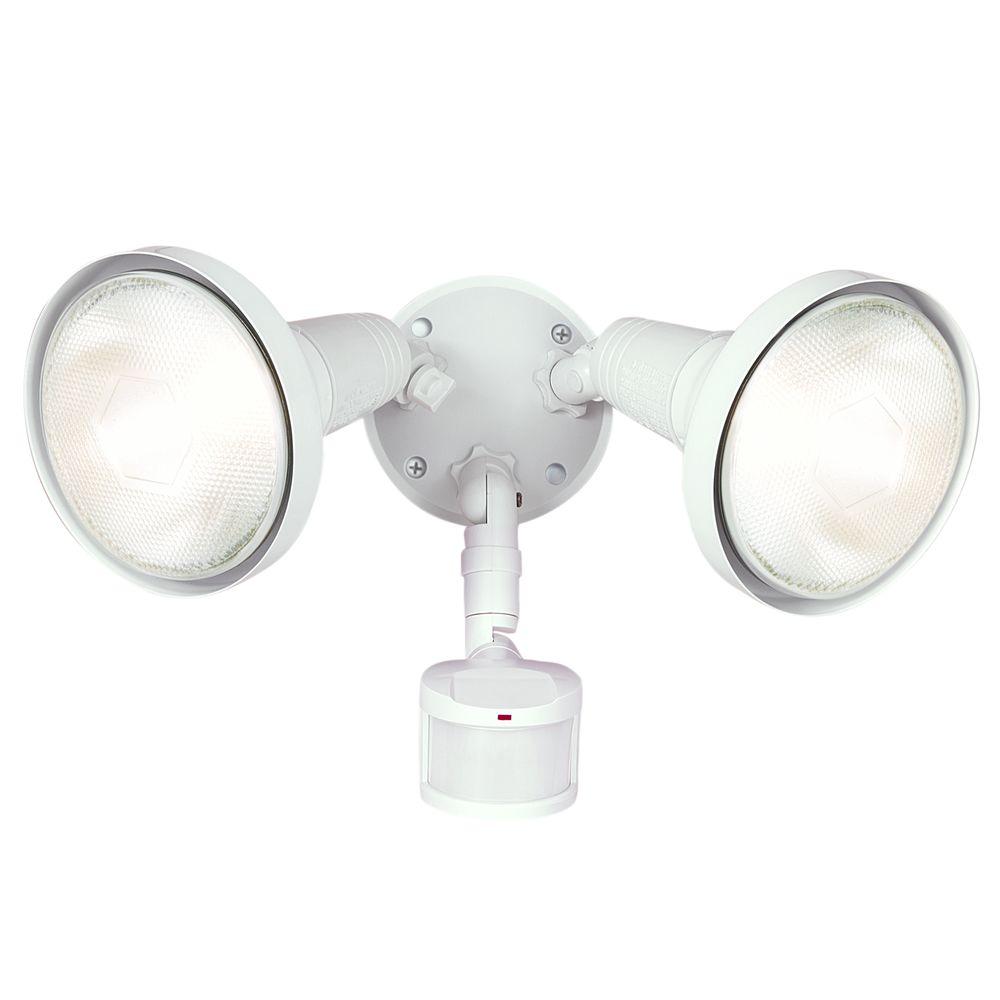
Motion detecting systems can potentially scare criminals away with a startling flood of a bright light and the culprit cannot be 100% sure if it was a sensor or if someone manually turned the light on.
Adequate lighting can also be useful for illuminating a suspect and the scene at hand for well-placed cameras to capture. Thankfully, with more options becoming available motion detecting light technology can go above and beyond by activating upon incident infrared absorption which can be set up to pick up bigger heat sources from people or cars. Thereby preventing frequent false alarms from small, insignificant triggers (e.g. squirrels, insects). To make this strategy more apt for success, keep the lit area unobscured (trees, bushes, etc) from the view of the street or camera. For improved power efficiency, LED lights offer a durable make for rough weather conditions and a wide range of coverage to brighten the covered area.
Strobe Lights
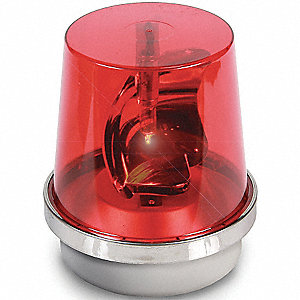
Security strobe lights are a sure way to grab the attention of employees onsite or any passerby. Often strobe lights are used in conjunction with sensors and alarms. With all this undue attention, a trespasser will be forced to make a split decision whether to hurry their operation or run, usually the latter to be wisest if they have not even entered the building yet. Although usually installed outdoors, strobes and alarms could be placed strategically indoors as well, such as in specific off-limits areas or at entrances and exits.
Decoy Lights

Leaving lights on at all hours has been a widely used technique for years, touting the thought burglars will assume someone must be present if the lights haven’t been turned off. However, it can look suspicious to an observant burglar if lights remain on through the night and into the morning, indicating a mimicry of human activity. Decoys can be sniffed out by other signs, e.g. empty parking lots or casing.
Light Timers
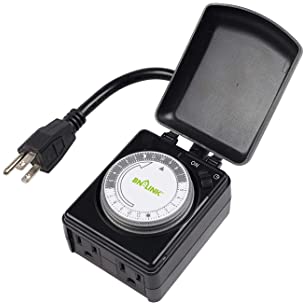
Lights with timers can be more useful since they can be set to more realistic timed patterns, especially if plotted between several rooms and lighting outside. “For example, outdoor lights should go on at night and turn off in the day, while lights indoors should go on and off in different rooms as if there is someone moving around,” says Samantha Nolan, a Citywide Neighborhood Watch trainer for Washington, D.C.’s Metropolitan Police Department.
Smart Lights
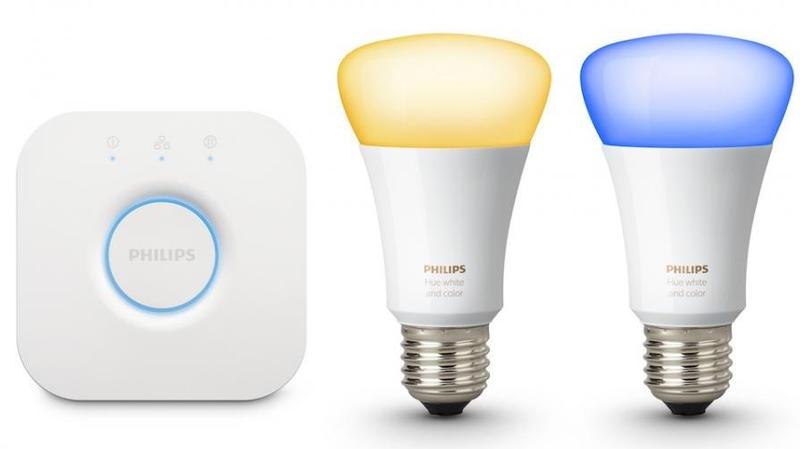
For more control and added authenticity to the activity pattern of your lighting system, smart lights are a viable option. With advancing technology, synchronization of smart tech is becoming more flexible, advantageous and simple, even for the digital novice. Items such as smart bulbs, smart plugs and smart switches can make the installation and use of your lighting efficient and painless. As an added bonus, smart lights could also be synced with phone apps, smart home platforms such as Alexa and Google Assistant, security doorbells and other camera systems.
Take it a step further…
Though advantageous in terms of defense, some criminals may still take the chance to confirm no persons are present. Lights may even be an advantage to them, making it easy to navigate or find entrances or building vulnerabilities. Since lighting might not deter every burglar, it would be proactive to use in conjunction with security cameras that can work with the lights to capture the act and possibly expose the identity of the perpetrator. If used with motion activated lighting, both devices can work together to show suspicious activity or attempted burglaries. In a survey taken with 86 inmates who committed burglaries, most said they would abandon their endeavors if an alarm went off, and advised homeowners and businesses to make cameras visible.
Smart devices greatly increase the possibilities and options of multifaceted security. The best protection involves layering several tactics to act as safety nets in case one should fail.
If you are building out or remodeling your facility or home, lighting and camera placement can be coordinated ahead of time to take advantage of modern capabilities and reduce inefficiencies before it is too late.
How can Sapphire Risk help?
Tony Gallo and the team at Sapphire Risk Advisory Group has over 30 years of security experience and expertise. Take advantage of our security floor plan design services and subscribe to our newsletter to learn more. Follow us on Facebook or connect with us on LinkedIn to receive further security updates.
Check out some other relevant articles for more industry news:
The Benefits of Access Control Security Systems for C-Stores
The Beginner’s Guide to Storefront Doors
